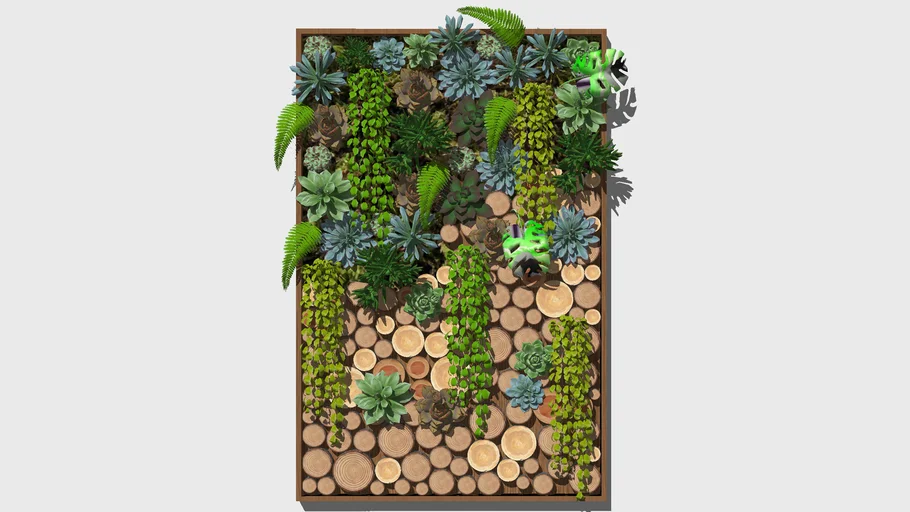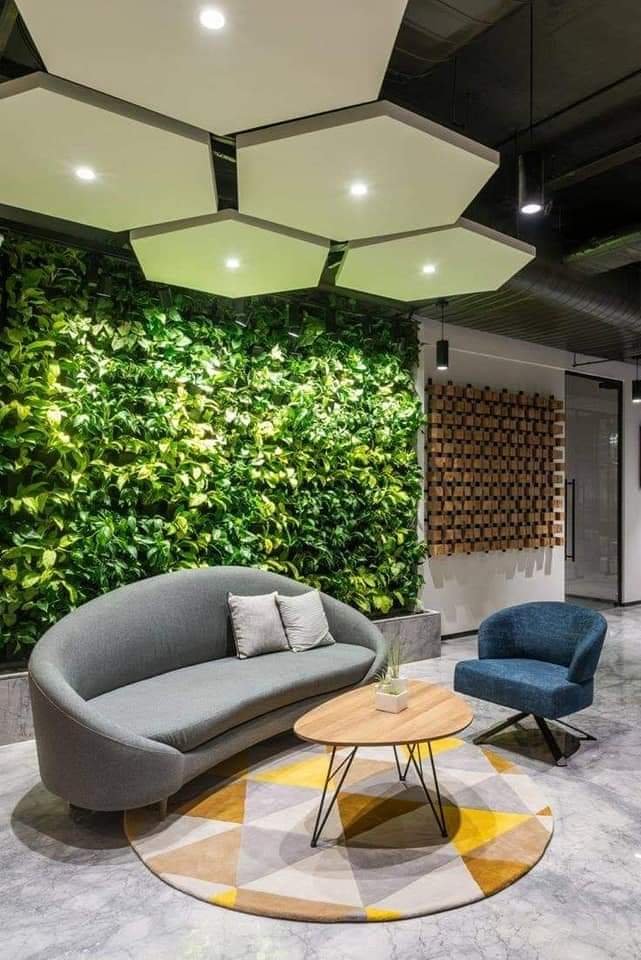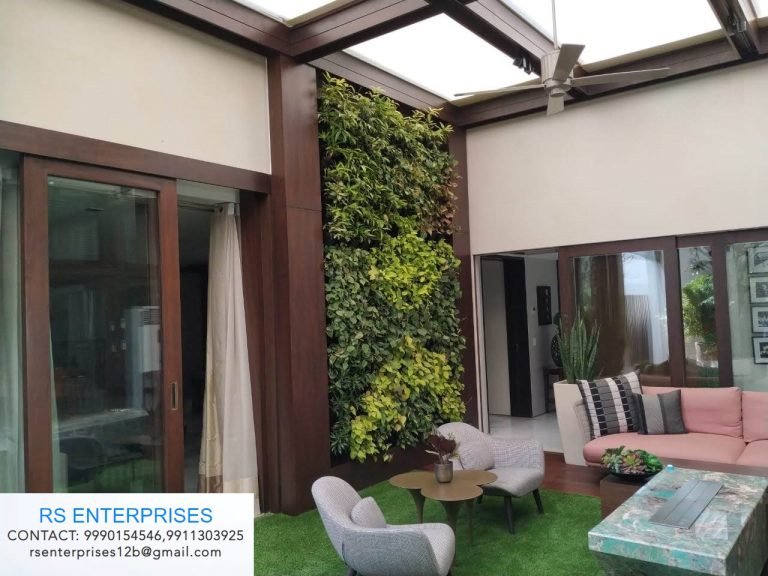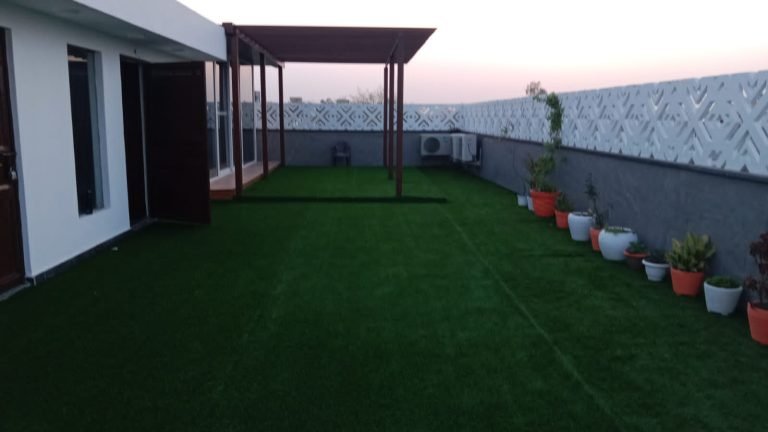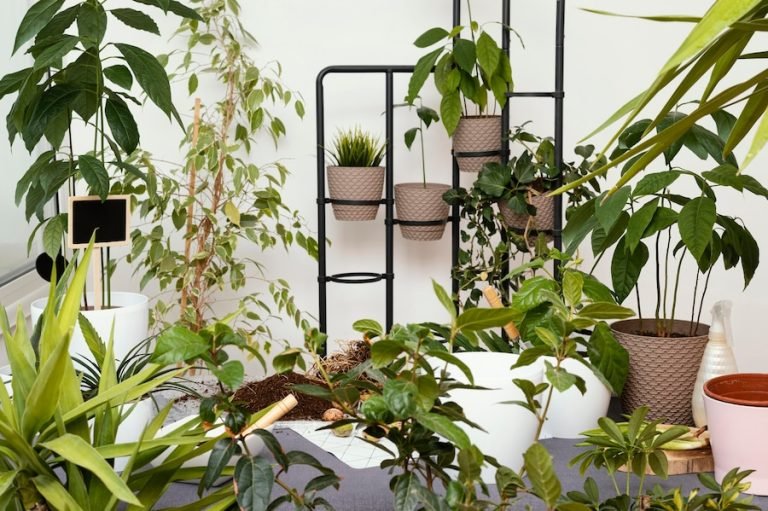Elevating Outdoor Spaces The Art of Landscaping & Garden Designing.
Landscaping and garden designing are not merely about cultivating plants and placing decorative elements; they are an art form that transforms outdoor spaces into living masterpieces. In this article, we will explore the principles, techniques, and creative aspects that contribute to the enchanting world of landscaping and garden design.
To Know More About it Please Click Here
Understanding the Basics
- Principles of Design:
- Successful landscaping and garden design adhere to fundamental principles such as balance, proportion, unity, rhythm, and focalization. These principles guide the arrangement of elements, creating visually appealing and harmonious outdoor environments.
- Site Analysis:
- Before embarking on a landscaping project, a thorough analysis of the site is essential. Factors like soil quality, climate, sunlight exposure, and existing vegetation influence the design choices and plant selection.
- Plant Selection:
- Plants are the heart of any garden. The selection should consider not only aesthetic appeal but also factors like maintenance requirements, growth habits, and seasonal interest.
Design Elements and Themes
- Hardscape Elements:
- Hardscape elements, including pathways, patios, and structures like pergolas or gazebos, provide the framework for a garden. Thoughtful placement and materials can enhance both functionality and aesthetics.
- Softscape Elements:
- Softscape elements encompass the living components of the garden, such as plants, flowers, and trees. A well-balanced combination of colors, textures, and heights adds depth and visual interest.
- Water Features:
- Water features like fountains, ponds, or cascading waterfalls can introduce a sense of tranquility and enhance the overall ambiance of the outdoor space.
- Themes and Styles:
- Gardens can be designed based on specific themes or styles, ranging from formal and classical to informal and naturalistic. Popular themes include English gardens, Japanese gardens, or Mediterranean landscapes, each with its unique character.
Sustainability and Eco-Friendly Practices
- Native Plants:
- Incorporating native plants not only adds regional character but also promotes biodiversity and requires less maintenance.
- Water Conservation:
- Efficient irrigation systems, rainwater harvesting, and the use of drought-tolerant plants contribute to water conservation efforts.
- Composting and Organic Practices:
- Adopting composting and organic gardening practices fosters healthy soil, reduces the need for synthetic fertilizers, and supports a thriving ecosystem.
DIY vs. Professional Services
- DIY Landscaping:
- Enthusiastic homeowners can undertake DIY landscaping projects, starting small with garden beds or container gardens. Resources like online tutorials and gardening books offer guidance.
- Professional Designers:
- For larger projects or intricate designs, hiring professional landscape designers ensures a cohesive and well-executed plan. Designers bring expertise in plant selection, spatial planning, and knowledge of local conditions.
To Know More About it Please Click Here
Conclusion
Landscaping and garden design are not confined to aesthetics alone; they foster a connection between individuals and nature. Whether transforming a small backyard or creating an expansive botanical haven, the principles, and techniques involved in landscaping empower individuals to craft outdoor spaces that reflect their vision and enhance the beauty of the natural world. Through a harmonious blend of creativity, functionality, and sustainable practices, landscaping becomes a transformative journey that breathes life into outdoor environments, turning them into cherished retreats for relaxation and inspiration.
